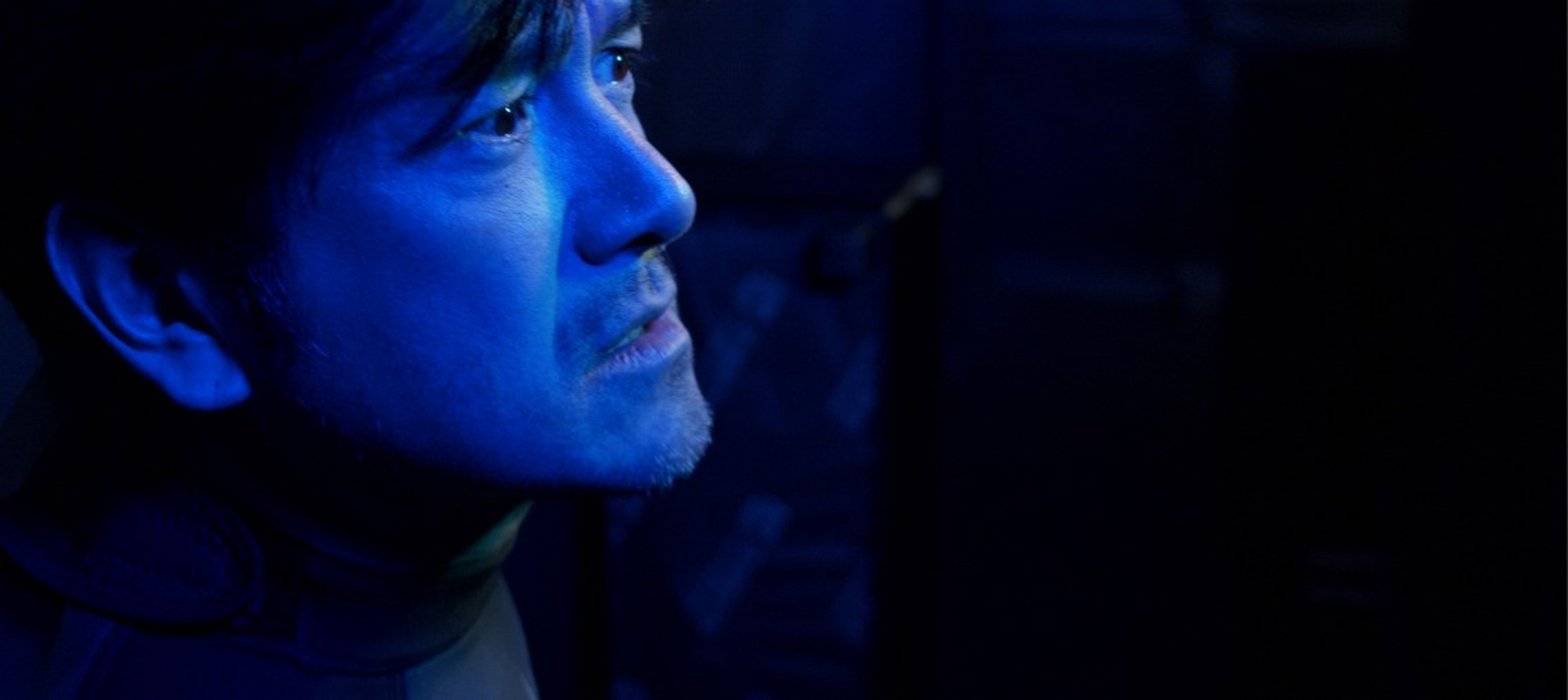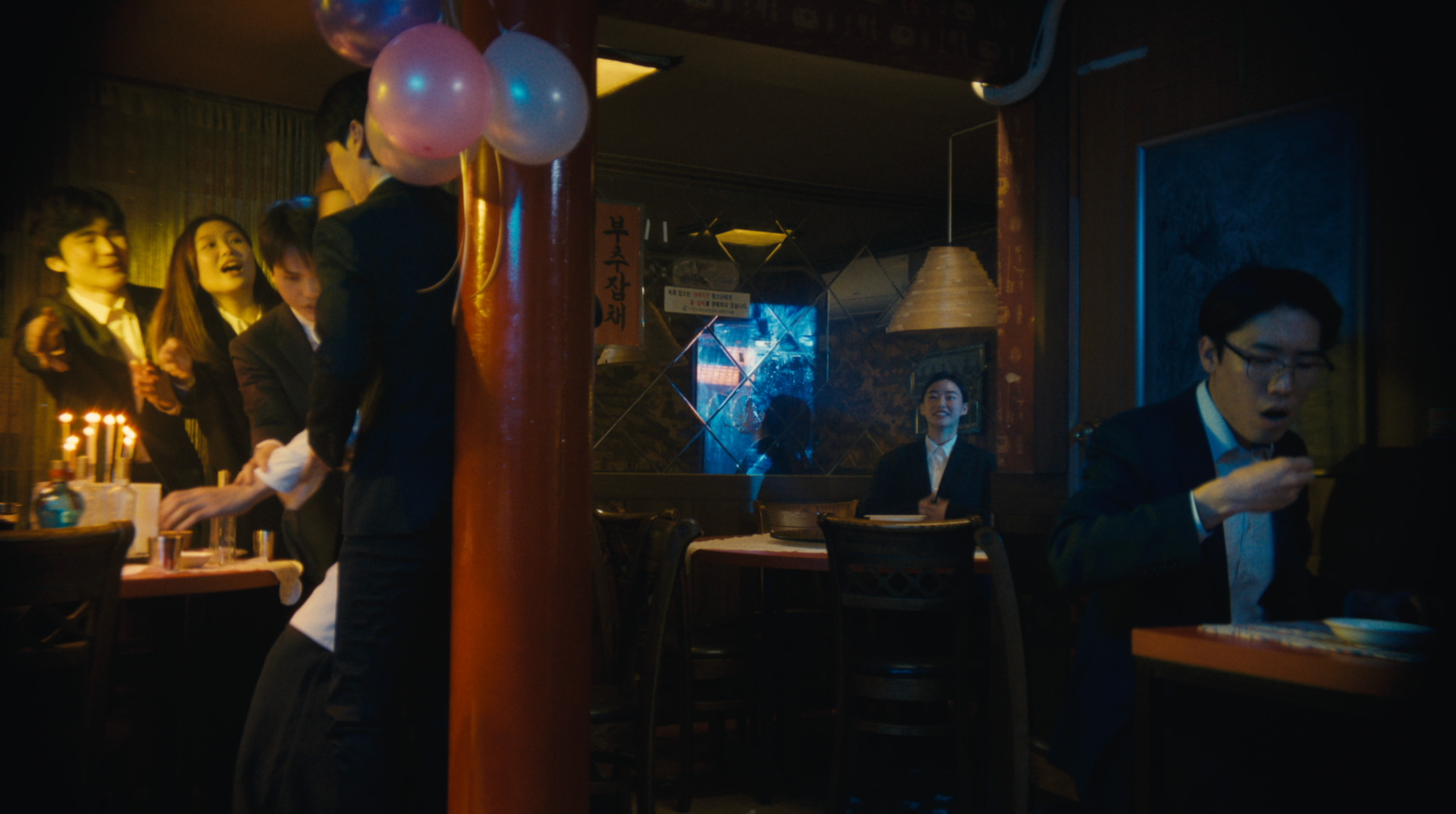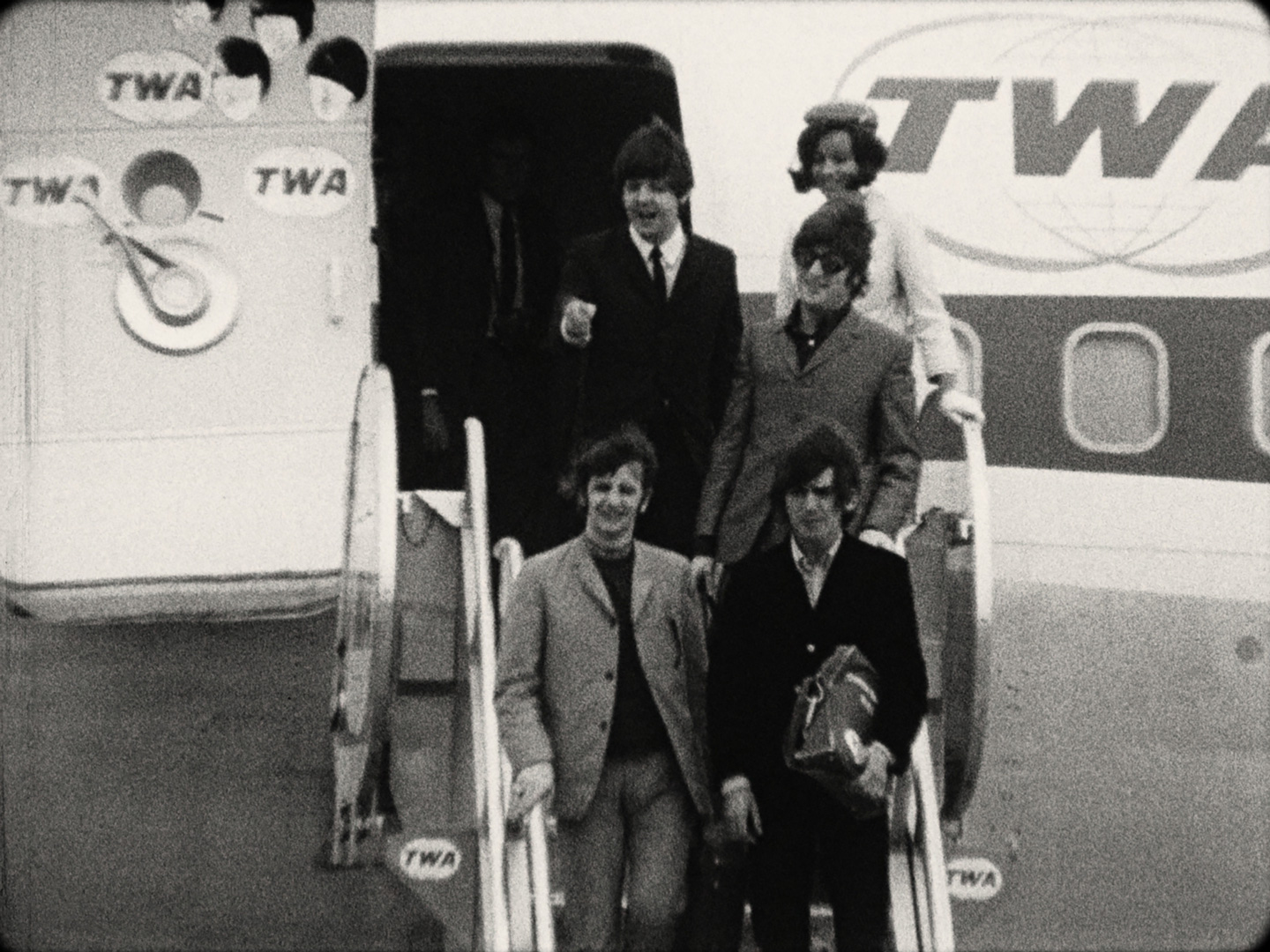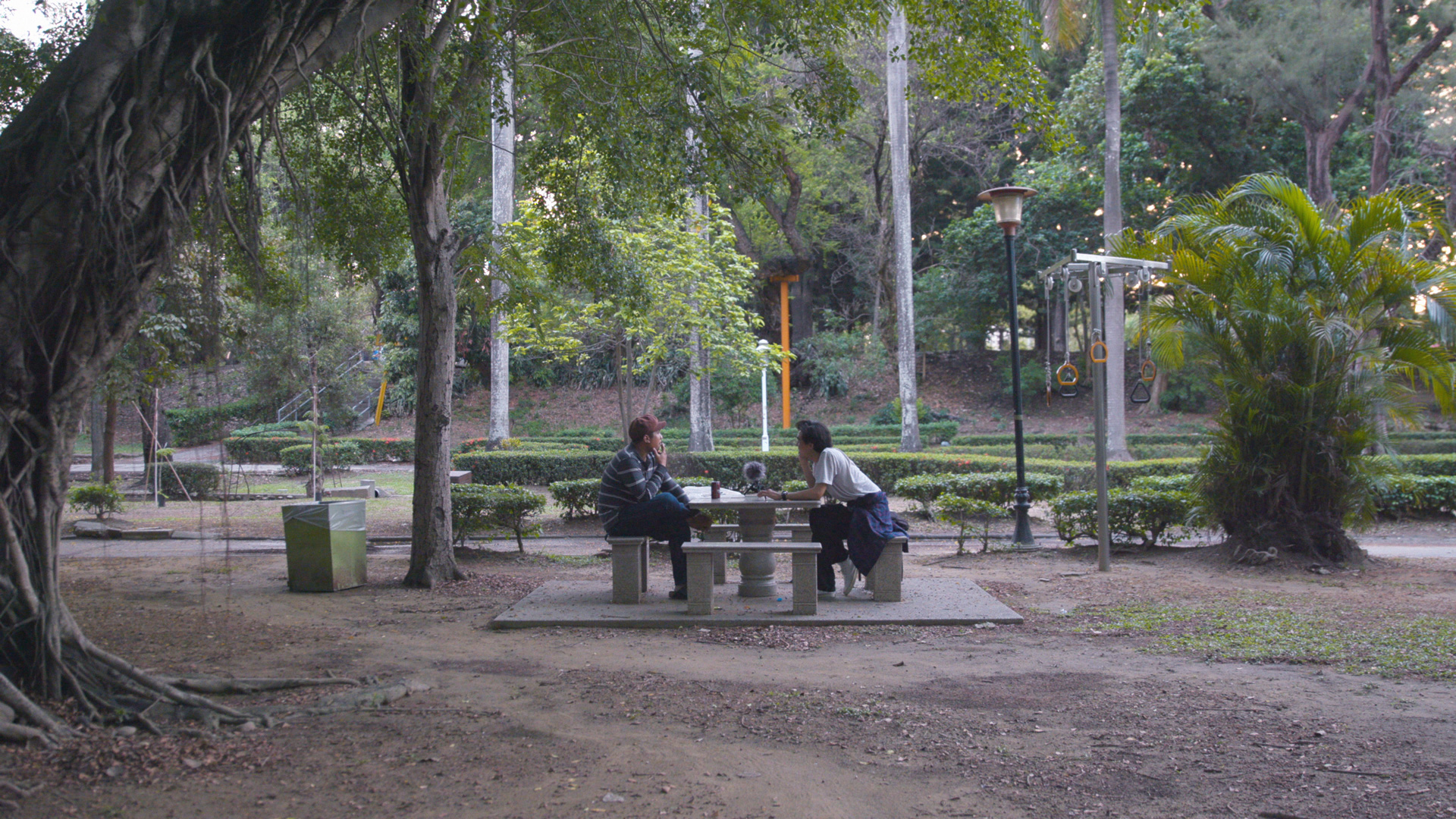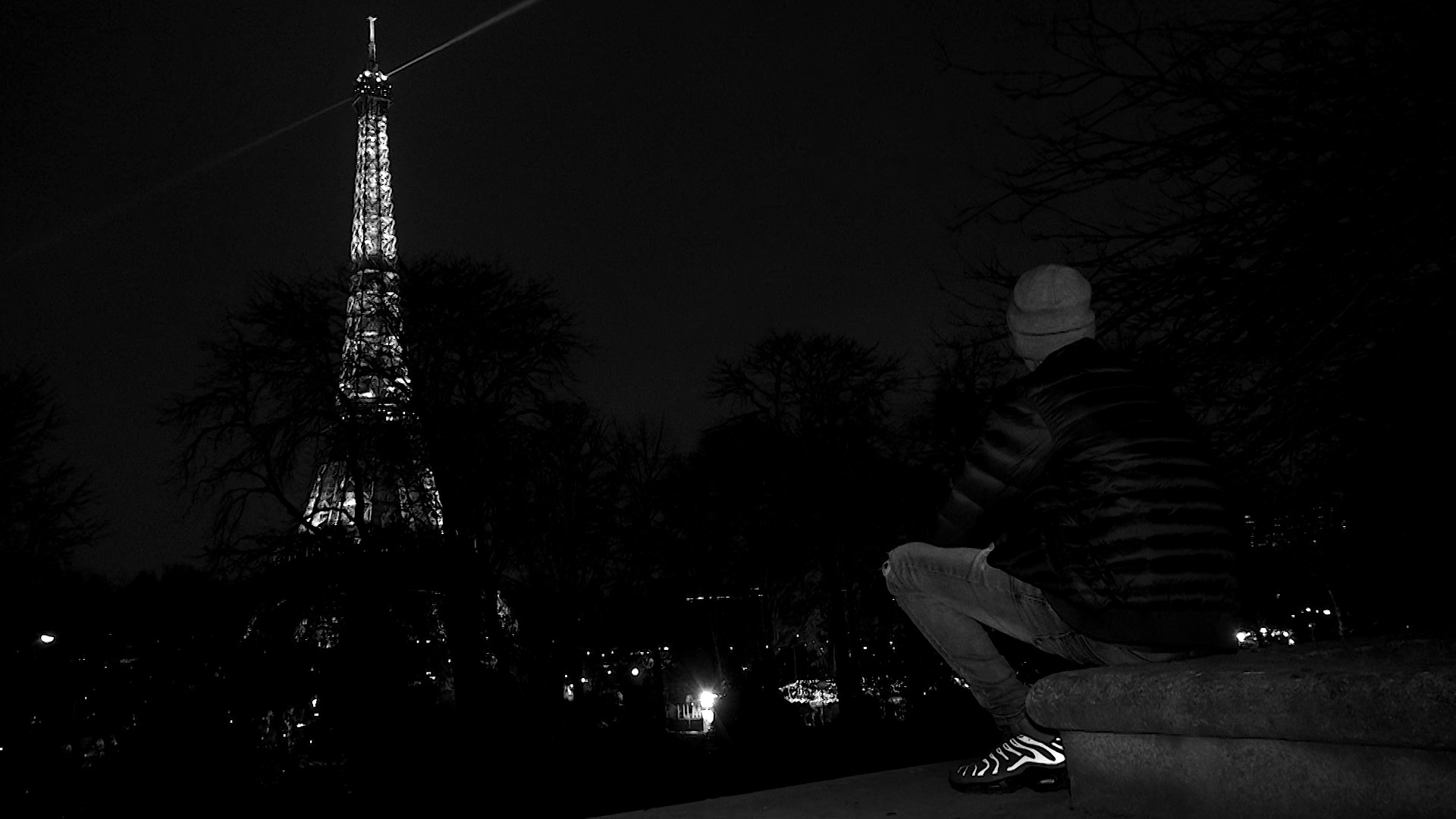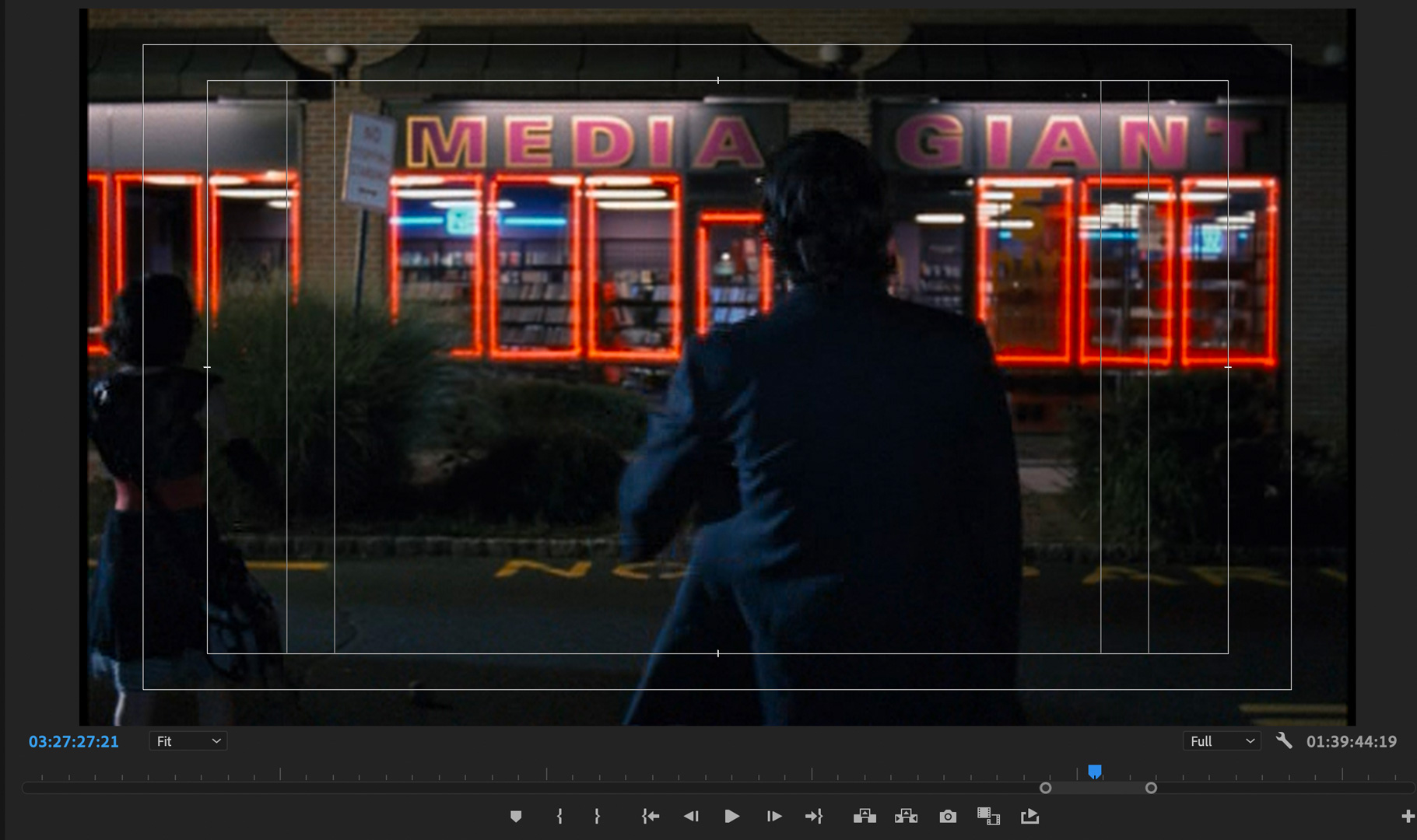감독 이카루 마르칭스 Ícaro (Francisco C) MARTINS, 조제 안토니우 가르시아 José Antonio GARCIA | Brazil | 1983 | 104min | Fiction | 시네필전주 Cinephile JEONJU
One could say that a promising horizon is now in sight. The release, in 2024, of new 4K digital prints of One Is Few, Two Would Fill (Odilon Lopez, 1970) and Onda Nova (Ícaro (Francisco C) Martins, José Antonio Garcia, 1983) reflects the exciting moment currently unfolding in Brazil’s film restoration efforts, after decades marked by uncertainties in the preservation of its cinematic heritage.
This remarkable development makes a once-daunting question now gain relevance: Is it possible to tell the story of Brazilian cinema through restored films? Until recently, this seemed unfeasible, as only a handful of works existed in copies worthy of projection — such as Limite (Mário Peixoto, 1931), a world-famous milestone of our silent avant-garde, and a few canonical masterpieces from Cinema Novo, the movement spearheaded by Glauber Rocha and his contemporaries, which gained international recognition in the 1960’s.
One Is Few, Two Would Fill, for instance, whose stunning restoration was only possible thanks to the careful preservation of the original negatives by the Cinemateca Brasileira, was released at a time when Brazilian cinema faced a major impasse, following the intensification of repression under the Military Dictatorship, which began in 1964. Comedy was the genre chosen by Lopez to highlight the country’s bleak future during the (brief) period known as the Economic Miracle. The Military Government’s official slogan — “Brazil, love it or leave it” — coincided with the national football team winning its third World Cup, further reinforcing the violence behind the imposed euphoria. Subversive themes were unwelcome, and artists from various fields began to face relentless censorship and persecution.
Lopez’s direct approach to racial segregation was an uncomfortable subject for the watchful eyes of the regime. Produced independently in the south of the country and released commercially on a limited scale (if not for that, it would be banned in 1970), his only feature film remained unseen for decades, becoming little more than a footnote in the country’s cinematic history. Its 2024 re-release offers a chance to rewrite that: today, it is inconceivable, for example, to study Black cinema — not only in Brazil — without acknowledging One Is Few, Two Would Fill, Watermelon Man (1970), Melvin Van Peebles’ biting comedy about racism, produced in the same year, now has a Brazilian soul brother, one that exposes the darker side of the hippie generation and anticipates a premise — the violence born from an interracial romantic relationship — later explored by another director from the Global North, Jordan Peele, in his debut feature, Get out (2017).
Produced in the final years of the dictatorship, Onda nova also explores the theme of subversion by portraying the everyday lives of a women’s football team — at a time when women were not allowed to play professionally in Brazil. The female-led cast, featuring a remarkable group of young actresses, underscores the cinematic vision of directors Garcia and Martins, who had previously examined voyeurism from a female perspective in The Peephole of Love (1982). With its explosive humor and exuberant sensuality, Onda nova reflects a defining characteristic of its era: it is a work created at the end of one period (the Military Regime) while already glimpsing the beginning of another (the process of democratization). For that very reason, it is not a purely euphoric film. Amid moments that embrace the absurd with an easygoing approach, one can also detect signs of despair, madness, and emotional entrapment.
The restoration of Garcia and Martins’ film has just been commercially released in theaters in Brazil, allowing audiences to view it alongside contemporary productions and to notice how the trace of eroticism — a recurring mark of the 1970s and 1980s — was largely abandoned in the decades that followed. The film’s re-release raises a thorny question: has Brazil become a more morally conservative country?
A brighter past
Not long ago, the Cinemateca Brasileira — the largest film archive in South America, housing approximately 40,000 titles — was grappling with a severe crisis in terms of infrastructure and funding. Since 2022, the year marking its institutional revival, an ambitious restoration and dissemination policy has been guiding the institution’s work. This includes everything from ethnographic documentaries produced by Lina and Claude Lévi-Strauss to classic works such as We Are Also Brothers (1949), in which José Carlos Burle boldly addresses the issue of racism in Brazilian society (a perfect double feature with Lopez’s film); A Real Woman (1954), directed by Alberto Cavalcanti, one of the pioneers of Brazilian cinema with a long international career; and key films from the modernist wave of the 1960s and 1970s, such as the psychedelic Meteorango Kid, Intergalactic hero (André Luiz Oliveira, 1969) and The Men I Loved (Tereza Trautman, 1973), a landmark of feminist cinema that explores the theme of non-monogamy.
A central contribution to this shift also comes from independent projects, such as Cine Limite, a non-profit organization responsible for the digital restoration of essential filmographies, including those of directors Helena Solberg, Eunice Gutman, and Katia Mesel, as well as work by restorers like Debora Butruce. In addition to One Is Few, Two Would Fill, she has produced several restorations in recent years that help fill the gaps in Brazilian cinema from the Dictatorship era, such as The Woman of Everyone (Rogério Sganzerla, 1969), a film with a comic-strip aesthetic, colorized in the style of silent films and featuring the legendary character Angela Flesh and Bone, “the number one enemy of men”; The Devil Queen (Antonio Carlos da Fontoura, 1973), a queer explosion of vibrant colors and stylized violence; and Iracema, uma transa amazônica (Jorge Bodanzky, Orlando Senna, 1975), a docu-fiction masterpiece that was banned for years due to its sharp and inventive critique of the devastation of the Amazon region.
The fact is that between 1970 and 1983 — the years marking the releases of One Is Few, Two Would Fill and Onda nova — Brazilian cinema experienced a complex and vibrant chapter. It was a period marked by a decisive split within Cinema Novo, between those who embraced aesthetic and political radicalism and those who sought a more commercial approach. It was also the peak of erotic comedies that drew massive crowds to theaters, while openly experimental filmmakers created provocative works within the Cinema Marginal movement, an audacious and transgressive response to Cinema Novo. Yet this is a captivating history that remains virtually unknown internationally. Hopefully, these new restorations will help change that.
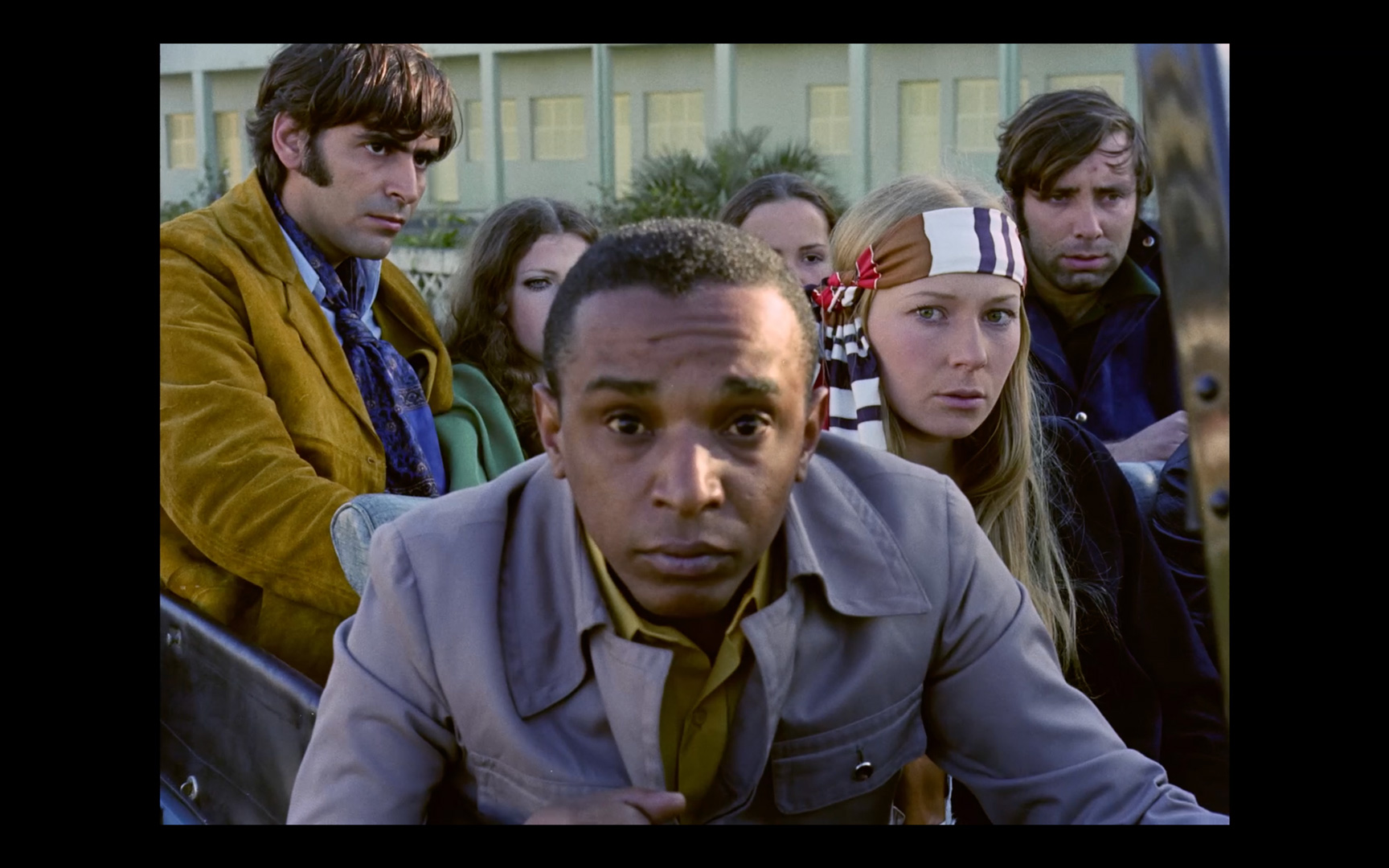
하나는 적고 둘은 좋아 One Is Few, Two Would Fill
감독 오딜롱 로페스 Odilon LOPEZ | Brazil | 1970 | 95min | Fiction | 시네필전주 Cinephile JEONJU


